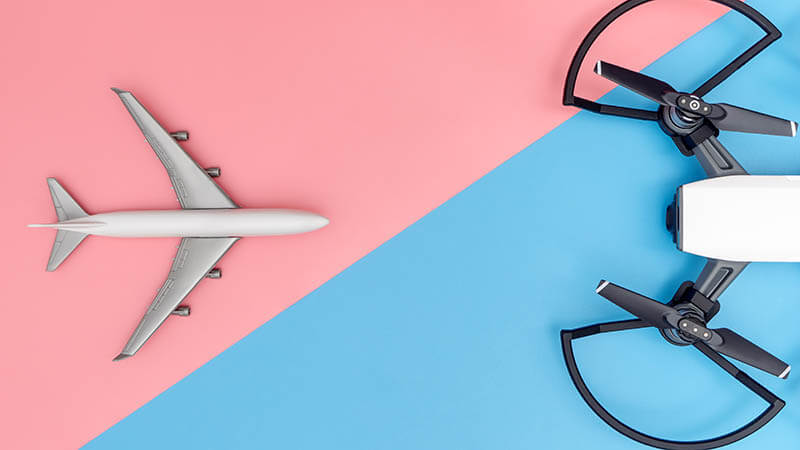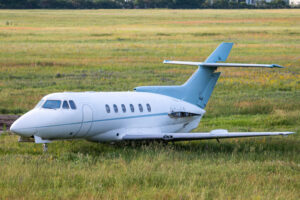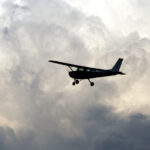Identifying Drones In-Flight
Unmanned Aerial Vehicles (UAVs) or Unmanned Aircraft Systems (UAS), commonly known as ‘drones,’ have increasingly become a concern for the civil aviation world. Although the new technology is a real highlight from the current technological advances, we must also remember that we all share the same airspace. That is why the FAA chartered the UAS Identification and Tracking Aviation Rulemaking Committee (UAS ID ARC) in June 2017. With an increase in UAVs in the air, the UAS ID ARC researched to find technology solutions to identify and track these devices.
There are 8 different solutions the UAS ID ARC has determined a viable option to track and ID UAVs. They are Automatic Dependent Surveillance Broadcast (ADS-B), Low-Power Direct RF, Networked Cellular, Satellite, SW-based Flight Notification with Telemetry, Unlicensed Integrated C2, Physical Indicator, and Visual Light Encoding. The systems fall into 2 general categories: 1) direct broadcast solutions (e.g. ADS-B and Low-Power Direct RF) and 2) network publishing solutions (e.g. Networked Cellular and Satellite). The direct broadcast solutions “transmit in one direction with no specific destination or recipient” while the network publishing solutions technology “collect(s) and distributes the ID and tracking data” (from UAS ID ARC Final Report)

After the UAS ID ARC gathered this information, they proposed these solutions to the FAA. The report covers ways the FAA can respond to the UAVs, including equipping technology to aid in identifying the UAVs. From the methods mentioned above, both direct broadcast and network publishing solutions would send data to an FAA-approved internet-based database. That data collected should include the unique identifier of the UAV along with owner and remote pilot identification. The FAA says they will “use the data and recommendations in the UAS ID ARC report in crafting a proposed rule for public comment.”
Although there is no concrete solution put in place yet, the FAA has much to consider before coming up with any rules or regulations regarding the UAVs. Drones are an asset and essential tool for surveillance, but they pose as potential dangers for other aircraft if not monitored properly. By enhancing surveillance technologies, UAVs in shared airspace will be easier to identify and track resulting in fewer incursions.
RELATED CTS TRAINING









